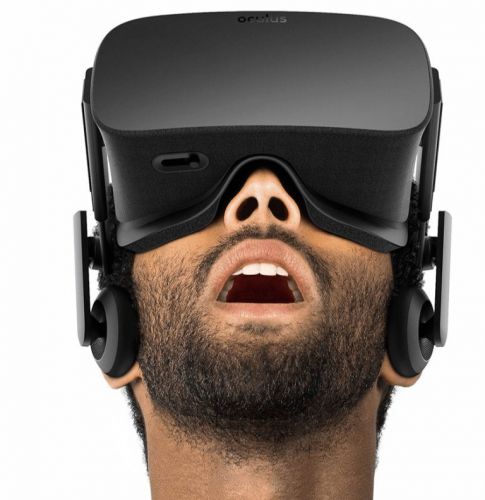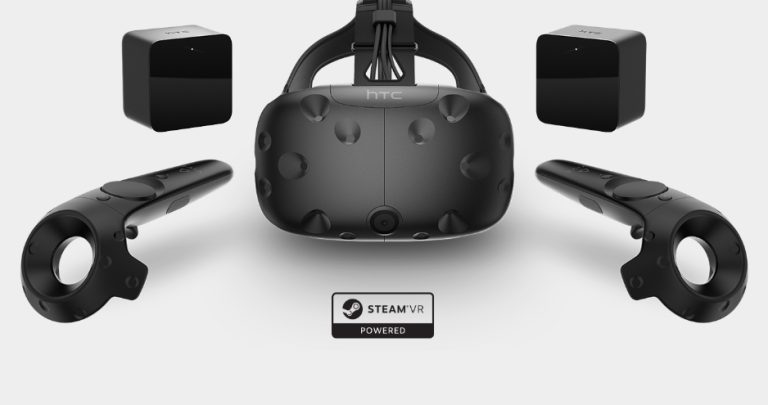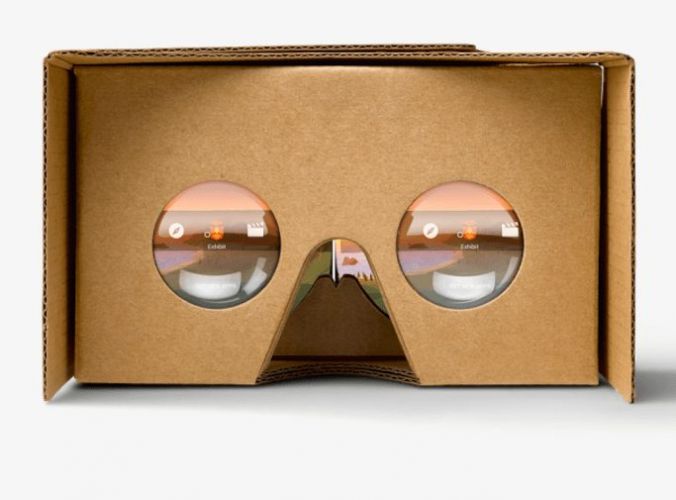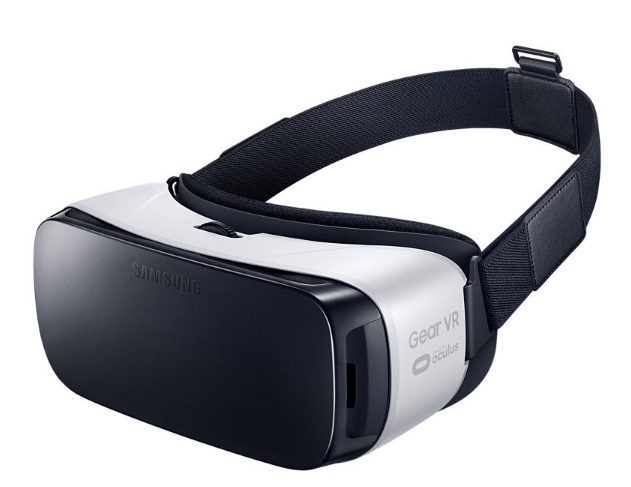 If you’re picturing the blocky, blurred visuals and cumbersome headsets of the 1990s, then it’s time to look again. Nowadays, thanks to the advances in display technology and computing power, VR headsets are light, comfortable, and even stylish. What’s more, the graphical innovations of the video games industry have given us the technological tools we need to create incredible, immersive worlds.
If you’re picturing the blocky, blurred visuals and cumbersome headsets of the 1990s, then it’s time to look again. Nowadays, thanks to the advances in display technology and computing power, VR headsets are light, comfortable, and even stylish. What’s more, the graphical innovations of the video games industry have given us the technological tools we need to create incredible, immersive worlds.
Today’s virtual reality uses crystal clear HD displays and hyper-sensitive motion tracking to allow users to explore rich, highly detailed interactive environments. Specialised controllers provide a tactile experience, letting users directly manipulate objects in the world. If this sounds like sci-fi, it’s time to think again. Current VR technology already allows us to experience games and other digital entertainment in a whole new way, and the technology is constantly evolving.
There are a number of players gunning for control of the growing Virtual Reality hardware market, and over the last few years a variety of VR technologies have burst onto the scene. From the high-end, high-price-tag Oculus Rift, to Google’s budget Cardboard headset, we’ll take a look at the ins and outs of today’s VR technology.
Oculus Rift
Any discussion of modern Virtual Reality has to begin with the Oculus Rift. One of the big success stories of KickStarter, the Rift has been a big part of the resurgence of VR. Developed by company founder Palmer Luckey in his parents’ garage, the original prototype Rift is one of the biggest KickStarter success stories, with Luckey raising $2.5million in funding. Following the success of the prototype, Oculus was sold to Facebook for $2billion in 2015, and the first consumer version of the Rift hit the market in April 2016.
Moving on from the clunky look of the prototype Rift units, the consumer Rift headset has a simple, sleek aesthetic and is now a desirable object in itself. Even the special IR motion tracking column, which lets the Rift match the movements of your head, is a thing of beauty.
Under the surface, the Rift packs a powerful technological punch. With a high definition 1080×1200 pixel screen for each eye and a whole host of motion and position sensing devices, it’s able to accurately measure movements and provide users with an incredibly sharp, flicker-free image. However, because the Rift isn’t a standalone unit, it requires a powerful PC to run. Oculus aim to capture the VR-ready PC market too, and now manufacture a range of Rift-ready options.
The need for a powerful PC adds to an already hefty price tag ($599 at time of launch), but, despite the expense, the Rift has been an instant hit, with pre-orders far outstripping supply.
HTC Vive
 Competing with the Rift for control of the top end of the VR market, the Vive headset from HTC and games company Valve is a technological powerhouse. Designed around ‘room scale’ technology, which uses an array of sensors which transform a real room into a 3D virtual space, the Vive allows the user to move freely, with the ability to walk around. The headset is combined with precision motion tracking handheld controllers which provide users with the ability to interact with the virtual world.
Competing with the Rift for control of the top end of the VR market, the Vive headset from HTC and games company Valve is a technological powerhouse. Designed around ‘room scale’ technology, which uses an array of sensors which transform a real room into a 3D virtual space, the Vive allows the user to move freely, with the ability to walk around. The headset is combined with precision motion tracking handheld controllers which provide users with the ability to interact with the virtual world.
With its focus on blending the real and the virtual, the Vive may be able to offer a more tactile and immediate experience than the Rift, which, at least in its current form, lacks the Vive’s advanced tracking systems.
Like the Oculus Rift, The Vive is not a standalone unit, and needs to be connected to a powerful PC, which makes it an expensive option, and, like Oculus, HTC offer a range of Vive-ready units. The battle for the cutting edge is between the Vive and the Rift, and over the next couple of years expect to see both technologies develop as HTC, Valve and Oculus compete to break new ground.
Google Cardboard
 A fully-featured VR headset is a complicated piece of kit. High-definition displays, on-board processors and room and motion sensors don’t come cheap, and both HTC’s and Oculus’ hardware is on the expensive side.
A fully-featured VR headset is a complicated piece of kit. High-definition displays, on-board processors and room and motion sensors don’t come cheap, and both HTC’s and Oculus’ hardware is on the expensive side.
To try and entice users put off by the high initial cost of VR, Google has turned to one of the cheapest solutions around: cardboard. Google’s Cardboard VR system uses the display and motion sensing capabilities of a smartphone, combined with a simple self-assembly headset made from cardboard and a pair of lenses.
Though it lacks any physical inputs, meaning the user can observe and only interact with the virtual world on quite a basic level, Cardboard’s extremely low price point means that Google may open the world’s eyes to the possibilities of VR, stoking the demand for more hi-tech devices.
Samsung Gear VR
 In terms of cost and power, the Samsung Gear VR comes in somewhere between Google Cardboard and the more expensive headsets from Oculus and HTC. Like Cardboard, it has no display of its own, and instead uses the display of a Samsung smartphone. However, unlike Cardboard, which uses only the low-resolution motion sensors found in a smartphone and has a simple, one-button interface, the Gear VR is fitted with a range of additional sensors and a dedicated trackpad, allowing users to interact with the virtual world.
In terms of cost and power, the Samsung Gear VR comes in somewhere between Google Cardboard and the more expensive headsets from Oculus and HTC. Like Cardboard, it has no display of its own, and instead uses the display of a Samsung smartphone. However, unlike Cardboard, which uses only the low-resolution motion sensors found in a smartphone and has a simple, one-button interface, the Gear VR is fitted with a range of additional sensors and a dedicated trackpad, allowing users to interact with the virtual world.
Gear VR was developed by Oculus, and though it is far less powerful than its cousin the Rift, it has the benefit of being a standalone unit, so users don’t need an expensive gaming PC, and is a good entry point for those who want a taste of what VR can offer.
The future
With such a competitive market and such huge potential, it’s no surprise that everyone wants to get in on the act when it comes to VR. Gaming giants Sony and Microsoft have announced their own VR headsets for use with their consoles, which are expected to debut in the second half of 2016.
eleventhmedia
























































Discussion about this post